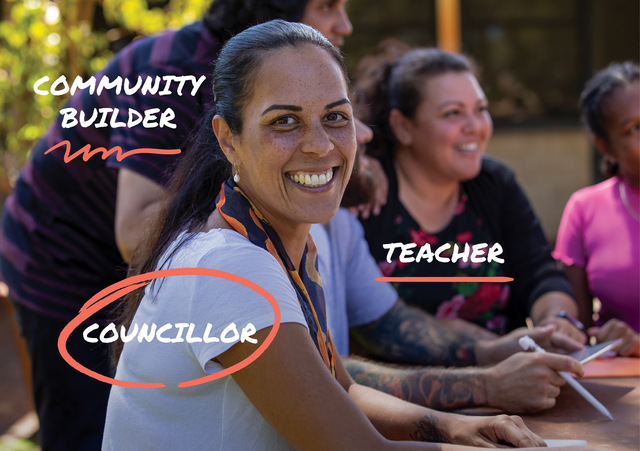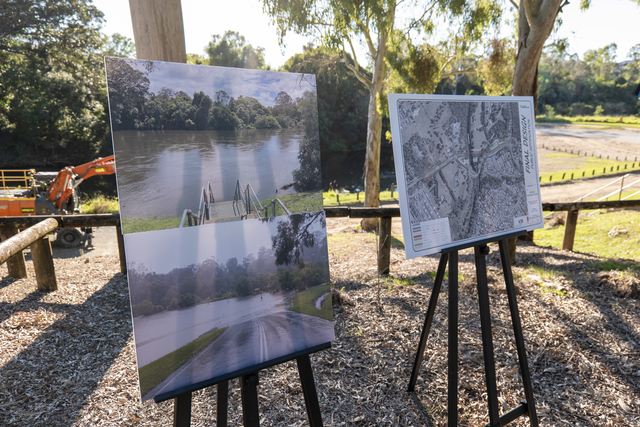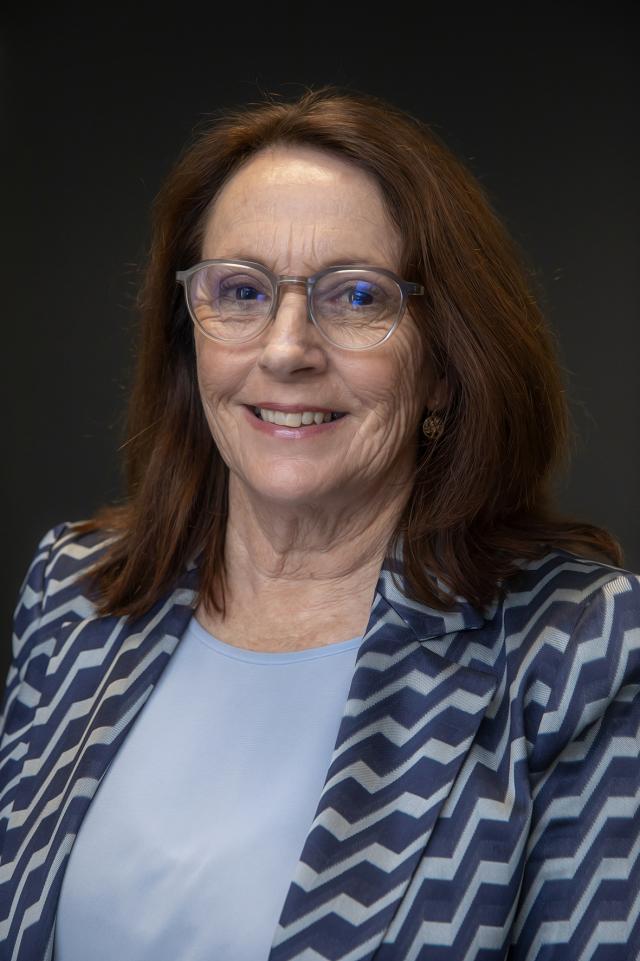With the everyday threat of fires in the workplace, Snowy River Shire Council recently engaged the Rural Fire Service (New South Wales) to deliver a fire safety training session for staff.
Located in the southeast corner of New South Wales, Snowy River is 150 kilometres south of Canberra and approximately half way between Sydney and Melbourne.
Council’s OH&S and Risk Management Coordinator Jane Minton liaised with the Rural Fire Service (RFS) Learning and Development officer, Inspector Mick Holton, to implement the fire safety sessions last November.
She said Council and the Rural Fire Service (RFS) embraced the cooperative approach towards many aspects of fire safety, the provision of fire fighting services, risk management, OH&S and fire mitigation activities.
“The RFS were keen to become more involved in Council’s risk management and OH&S training activities,” Jane Minton said. “Based on the information provided and required by Council, Inspector Mick Holton designed the sessions with a practical ‘hands on’ focus in mind.
“The training was targeted to suit all staff, regardless of their role within Council.
“This exposed many of the participants with fire fighting scenarios that they would not normally find at work. However, the lessons learned could also be applied to a wide range of fire fighting applications, including some scenarios that could occur when employees are at home.”
Council made the training compulsory for all staff that had no fire fighting qualifications.
The session began with an overview of the OH&S principles that are presented to RFS members during the Safety Induction program, while the fire training components were based around the principles of fire, fire science and the fire triangle which comprises three key components – fuel, air and heat.
Demonstrations were provided to help explain many fire science principles, including pyrolysis (the chemical decomposition of condensed substances at high temperatures), fuel size and flammable range.
Participants learnt about fire fighting agents, fire extinguisher selection and use and how to identify an extinguisher in low light or a darkened environment.
The training was then concluded with a series of fire fighting scenarios, including a cooking oil fire (on a stove top), a gas fire, a class A fire (straw) and a class B fire (using drip torch fuel).
The fire fighting agents/methods used were removal of oxygen using a saucepan lid, use of a fire blanket, using a DCP extinguisher, using a stored water extinguisher, using a CO5 extinguisher and using a foam extinguisher.
For further information contact Jane Minton on (02) 6451 1195.







